Email marketing is a valuable tool for businesses of all sizes.
This guide is designed specifically for those who are new to email marketing, so they can understand how it can help businesses connect with their desired customers and foster lasting relationships.
In this blog post, I will cover everything you need to know to get started with email marketing, from understanding the basics to creating a successful campaign.
We’ll discuss why email marketing is important, the key components of an effective email marketing strategy, and how to measure the success of your campaigns.
By the end of this guide, you’ll have a solid understanding of email marketing and be ready to start creating your own successful campaigns.
What is email marketing?
Email marketing is a type of digital marketing that involves sending messages and promotions to customers via email. It is used to build relationships with customers, advertise products or services, and drive sales. It typically includes campaigns such as newsletters, promotional messages, and special offers.
Types of email marketing
There are different types of email marketing campaigns, such as transactional emails, nurturing emails, newsletters and more. Each type has its own advantages and can help businesses reach their goals.
Newsletter Emails: These are regular emails that are sent to keep subscribers up to date on company news and offers.
Automated Emails: These emails are triggered by subscriber actions and can be sent at specific times or intervals.
Transactional Emails: These are triggered by a customer’s purchase and can include order confirmations, shipping notifications, and more.
Lead Nurturing Emails: These emails focus on developing relationships with potential customers by providing helpful content.
Event Promotion Emails: These are used to promote upcoming events and can include discounts, registration links, and more.
Re-Engagement Emails: These are used to re-engage inactive subscribers or to keep customers engaged with your brand.
Referral Emails: These emails encourage existing customers to refer others to your products or services.
Learn more about the various types of email marketing with our comprehensive article.
Benefits of email marketing
Email marketing is a great way to engage with potential and current customers. When implemented correctly, it can be a powerful addition to any digital marketing plan.
Low Cost: Email marketing is one of the most cost-effective marketing tools available. It requires little to no upfront investment, and there are no printing or postage costs.
High ROI: Email marketing can generate a high return on investment, with many businesses reporting ROI of over 100%.
Reach a Large Audience: Email allows you to reach a large and varied audience. You can target specific customers with tailored messages, as well as broadcast messages to a larger list of subscribers.
Measurable Results: Email marketing campaigns are highly trackable and measurable. You can monitor open rates, click-through rates, and other metrics to measure the success of your campaigns.
Automation: Email marketing campaigns can be automated to save you time. Automation can make it easier to send targeted messages at the right time, such as welcome emails when a customer signs up for your list.
Personalization: You can personalize emails with the recipient’s name, location, interests, and more. This helps to create a more personalized and engaging message.
Branding: Email marketing is a great way to build brand awareness and recognition. You can use your logo, colors, and other branding elements to create a consistent look and feel across all your campaigns.
Still curious? Click here to learn more about the benefits of email marketing.
Email marketing best practices
By following these best practices, you can maximize the effectiveness of your email marketing and reach your goals.
Personalize Your Email: Personalization goes beyond just using the recipient’s first name in the email. Use data you have collected to create targeted, relevant messages that will speak to the individual.
Have a Clear Call-to-Action: Make sure your call-to-action (CTA) is clear and easy to identify. Place the CTA at the top of the email, so it’s the first thing the recipient sees.
Segment Your Audience: Segmenting your email list allows you to target different groups of people with the content that is most relevant to them. This will help you improve your open and click-through rates.
Use a Responsive Design: With so many people using mobile devices to access their email, it’s important to make sure that your emails are optimized for mobile. A responsive design ensures that your message will look good on any device.
Test, Test, Test: Take the time to test your emails before you send them out. Test different elements such as the subject line, CTA, content, and design. This will help you improve the performance of your emails.
Monitor Results: Track and analyze your email campaigns so that you can see what’s working and what’s not. Use this data to improve your future campaigns.
Follow Email Marketing Laws: Be sure to comply with email marketing laws such as CAN-SPAM and GDPR. These laws are designed to protect consumers, so make sure you are adhering to them.
Are you still curious about how to maximize the potential of email marketing? Read up on the best practices to get the most out of your campaigns.
Average open rate for email marketing
The average open rate for email marketing is approximately 20-30%. It is important to note, however, that the open rate can vary widely depending on a number of factors, such as the industry, the target audience, the content of the email, the frequency of emails sent, and the quality of the email list. In addition, open rates can also vary significantly across different email service providers, so it’s important to track open rates for individual campaigns.
Best time to send email marketing
The best time to send emails will vary depending on your target audience, the purpose of the email, and the preferences of the recipient. Generally, it’s best to send emails during regular business hours, especially if you’re targeting a professional audience. If you’re sending a newsletter or promotional email, research suggests that the best time to send emails is between 10 am and 12 pm on weekdays. This is when most people are checking their emails. Also, research shows that Tuesday is the most popular day for sending emails.
Email marketing template
Email marketing templates are an important part of any successful email marketing campaign. They provide a starting point for your emails, which can help ensure that they are effective and engaging. Here are some tips for creating effective email marketing templates:
Keep It Simple: Keep your templates concise and to the point. Make sure the main message is clear and easy to understand.
Use Visuals: Use visuals to draw attention and give your emails a more polished look. This could include graphics, images, or videos.
Personalize: Personalize your emails to make them more engaging. Include the recipient’s name in the subject line or use a personalized greeting.
Include a Call-to-Action: Include a call-to-action that encourages the reader to take the desired action.
Test and Measure: Test your templates and measure their effectiveness. This will help you refine your templates and make them even more effective.
Creating effective email marketing templates can help ensure that your emails are engaging and effective. Keep these tips in mind when creating your own email marketing templates.
Best email marketing software
The best email marketing software depends on the specific needs of your business. Some of the top email marketing software includes Constant Contact, MailChimp, SendinBlue, GetResponse, ActiveCampaign, Hubspot, Drip, and more.
All of these programs offer features such as email list management, autoresponders, segmentation, analytics, A/B testing, campaign tracking, email design and template creation, contact list segmentation, automated welcome emails, and more.
Additionally, many of these programs offer integrations with popular e-commerce platforms, CRM software, and other business tools.
Are you searching for the ideal email marketing software for your business? Our article, The 11 Best Email Marketing Software, can help you locate the one that best suits your requirements.
Email marketing automation
Email marketing automation is a process of using software tools to automate the sending of emails to customers or prospects.
It is a way to streamline marketing processes and improve the effectiveness of customer engagement. Automated emails are triggered by specific events or customer actions, such as when a customer signs up for a newsletter or when a customer makes a purchase.
Automation allows marketers to send relevant, personalized emails to customers in a timely manner and at the right time. Emails can be customized with content that is tailored to each customer, such as product recommendations or discounts.
Email marketing automation can also be used to send emails based on customer engagement, such as re-engagement emails or to follow-up on customer feedback.
Automation helps to create better customer experiences, increase customer engagement and maximize revenue.
Best marketing automation software
Marketing automation software is a platform that helps businesses automate their marketing and sales processes. It is a powerful tool that enables them to automate tasks, manage campaigns, and improve customer engagement. It allows businesses to streamline processes, reduce manual labor, and optimize their marketing efforts.
Some of the best marketing automation software on the market today include HubSpot, Marketo, Pardot, ActiveCampaign, Customer.io and more. Each of these platforms offers different features and capabilities, so it is important to research and compare them to find the one that best meets your needs. Additionally, it is important to consider the cost, ease of use, integration capabilities, customer service, and scalability of each platform.
When choosing marketing automation software, businesses should look for features such as email integration, lead scoring, and content management. Additionally, they should make sure the software is user-friendly and provides the ability to integrate with other software or services. Businesses should also consider the cost and determine if the software is compatible with their existing infrastructure.
If you’re looking for the perfect marketing automation software for your business, our article, The 11 Best Marketing Automation Software, can help you find the one that best meets your needs.
Email marketing resources
the task of creating and executing a successful email marketing campaign can be overwhelming. To help make the process easier, we’ve compiled a list of resources to help you get started.
Email marketing books
I have compiled an extensive list of email marketing books that will provide you with the necessary knowledge and skills to become a successful email marketing professional. These books will equip you with the know-how to become an expert in the field and set yourself apart from the competition.
Email Marketing Rules by Chad S. White
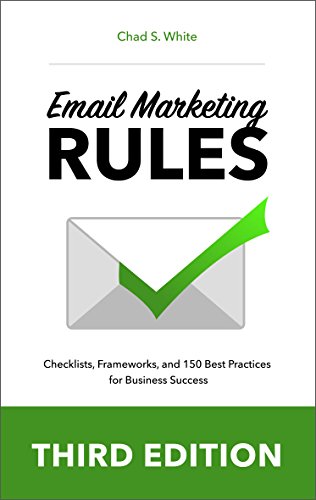
Chad S. White is a leading expert on email marketing trends and strategies, having penned a staggering 3,000+ articles and posts on the topic. He has served as an email marketing researcher for some of the biggest names in the industry, including Oracle, Salesforce, ExactTarget, Responsys, Litmus, and the Direct Marketing Association.
Email Marketing Demystified by Matthew Paulson
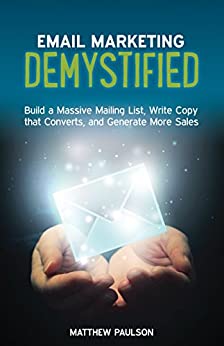
In this book, the author reveals the specific techniques they used to amass a mailing list of almost 300,000 subscribers. Email marketing is a highly effective form of promotion, and this book provides readers with the knowledge to make the most of it for their own business.
The New Email Revolution by Robert W. Bly
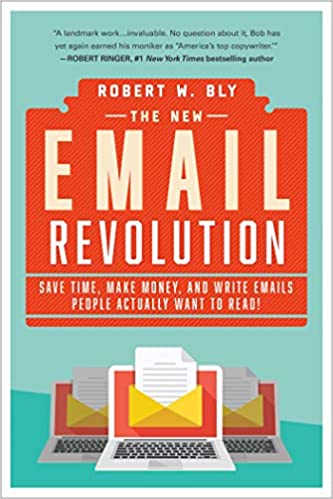
This book is a guide to email communication, providing templates and tips to write engaging, persuasive emails for various situations. It covers the right wording, optimal word length, and legalities of sending emails to unknown recipients. It also explains how to incorporate photos, graphics, sound, and video into emails, as well as how to measure deliverability, open rate, and response rate.
The Email Lifeline by Anik Singal
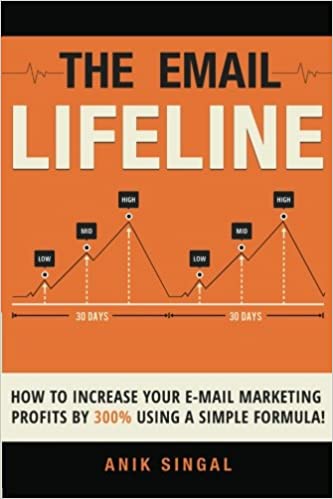
The Email Lifeline is a book by Anik Singal, an Internet marketer and leading authority in digital publishing. The book is intended to help email marketers make more money and increase sales by teaching them the rules of the email marketing game. It explains the value of email traffic, how to build an email list, how to write emails that encourage people to buy, how to choose the right products to promote, and how to use event-based marketing to generate more profits.
Email marketing blogs
Whether you’re a beginner or a veteran, these blogs will help you stay up-to-date and maximize the success of your email campaigns. Read on to discover the top email marketing blogs to follow.
MailChimp – MailChimp is one of the most popular email marketing solutions, and their blog offers a wealth of information on email marketing best practices, the latest industry trends, and tips for using their platform to its fullest potential.
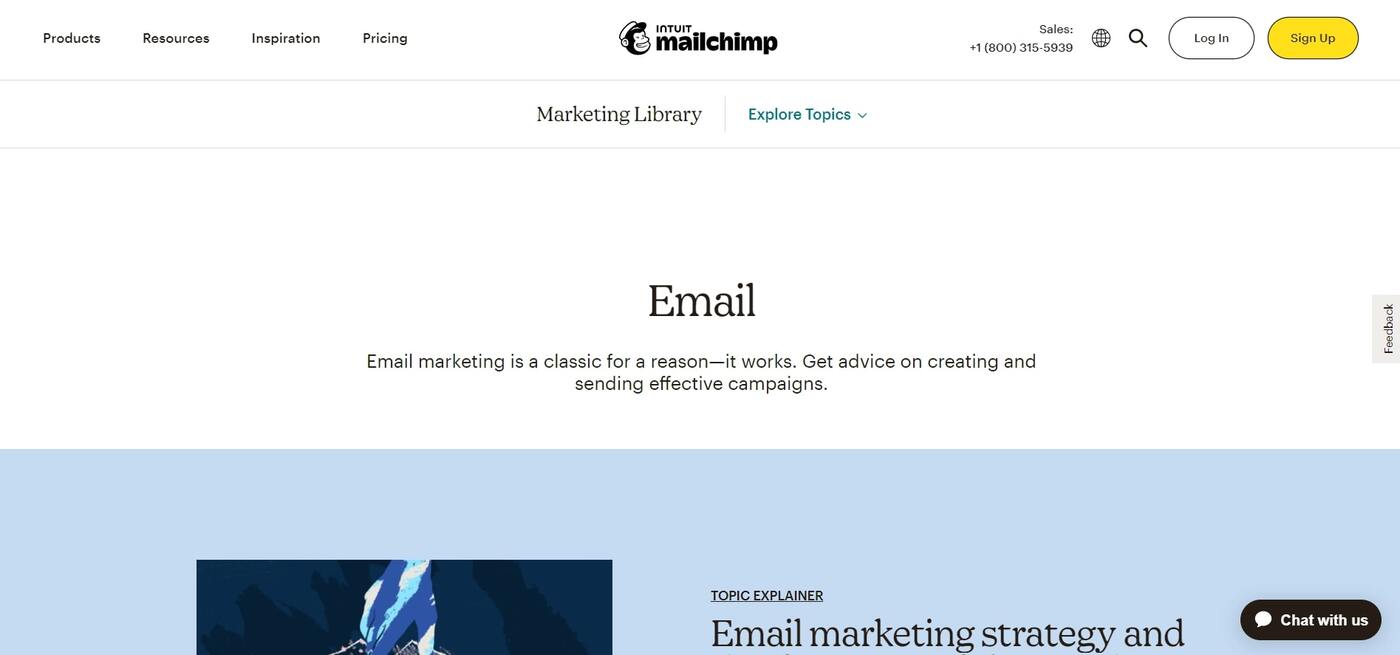
Campaign Monitor – Campaign Monitor’s blog covers topics ranging from email marketing basics to advanced tactics for experienced users. They also provide helpful case studies and other resources that are great for getting inspired.
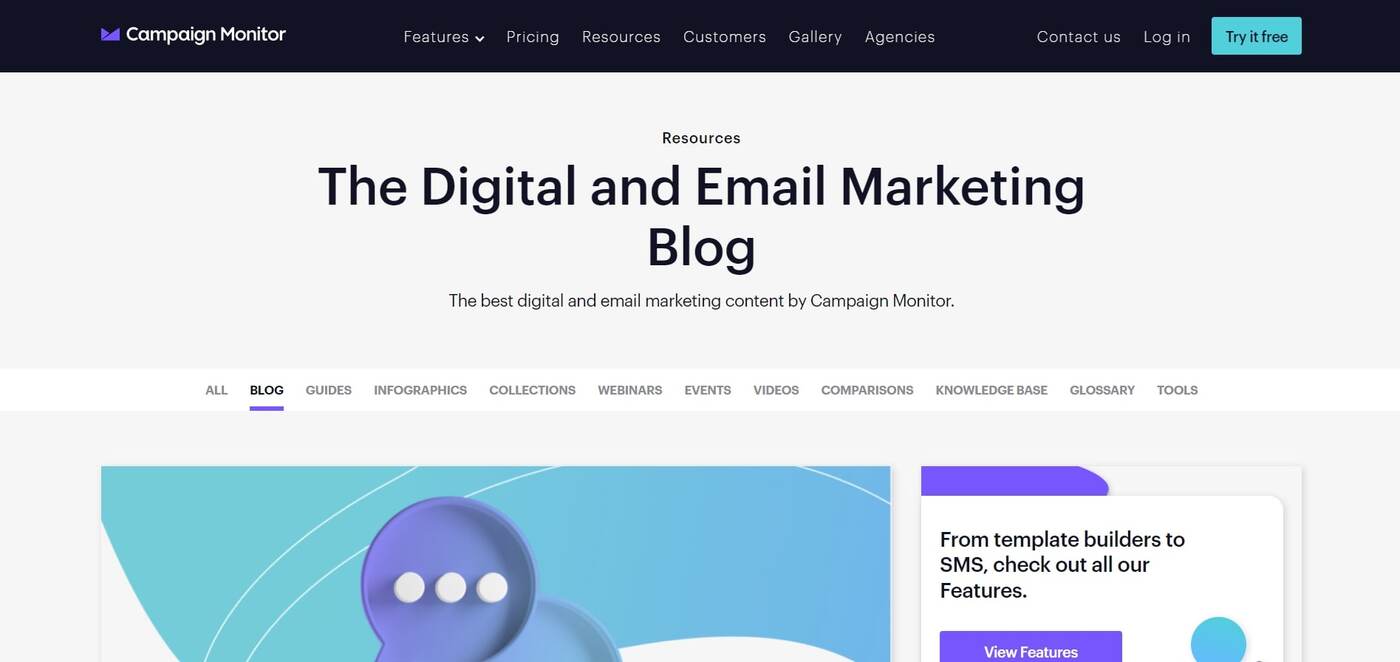
Litmus – Litmus is a great resource for email marketers looking to stay up-to-date on recent changes in the industry. They provide tutorials, best practices, and other helpful content for getting the most out of your email campaigns.
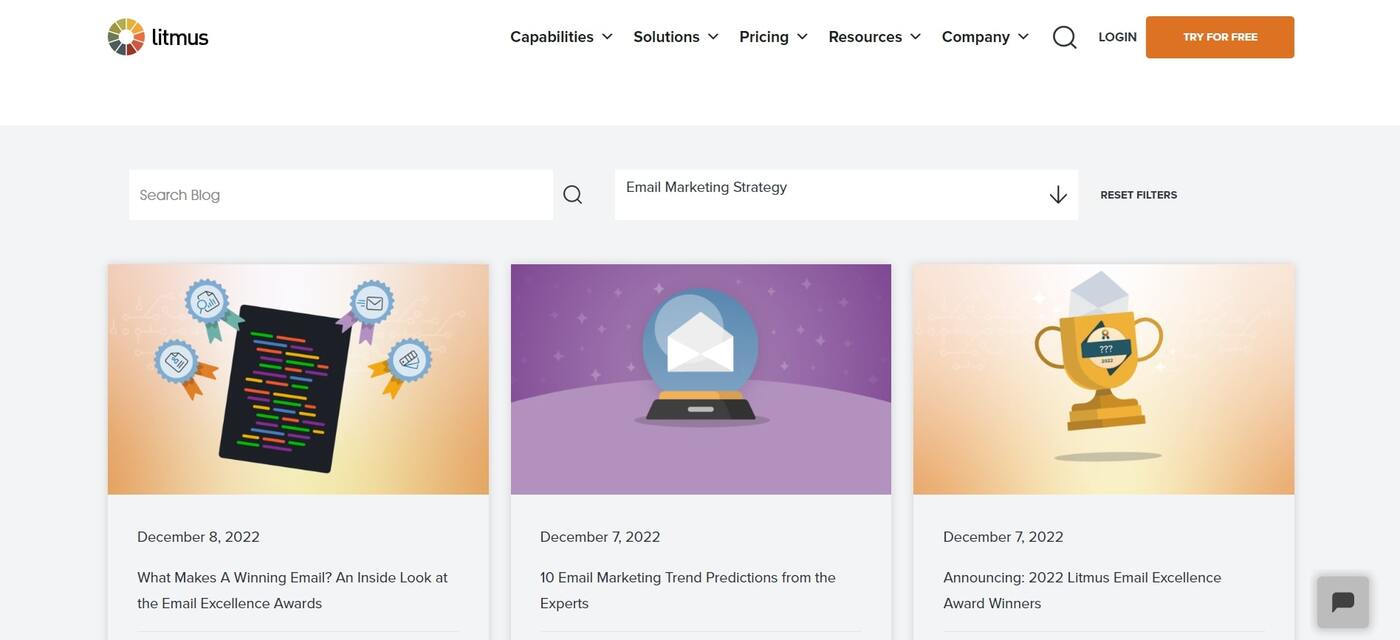
AWeber – AWeber’s blog covers a wide range of topics, from email marketing basics to more advanced tactics. They also provide helpful case studies and other resources, making them a great resource for anyone interested in email marketing.
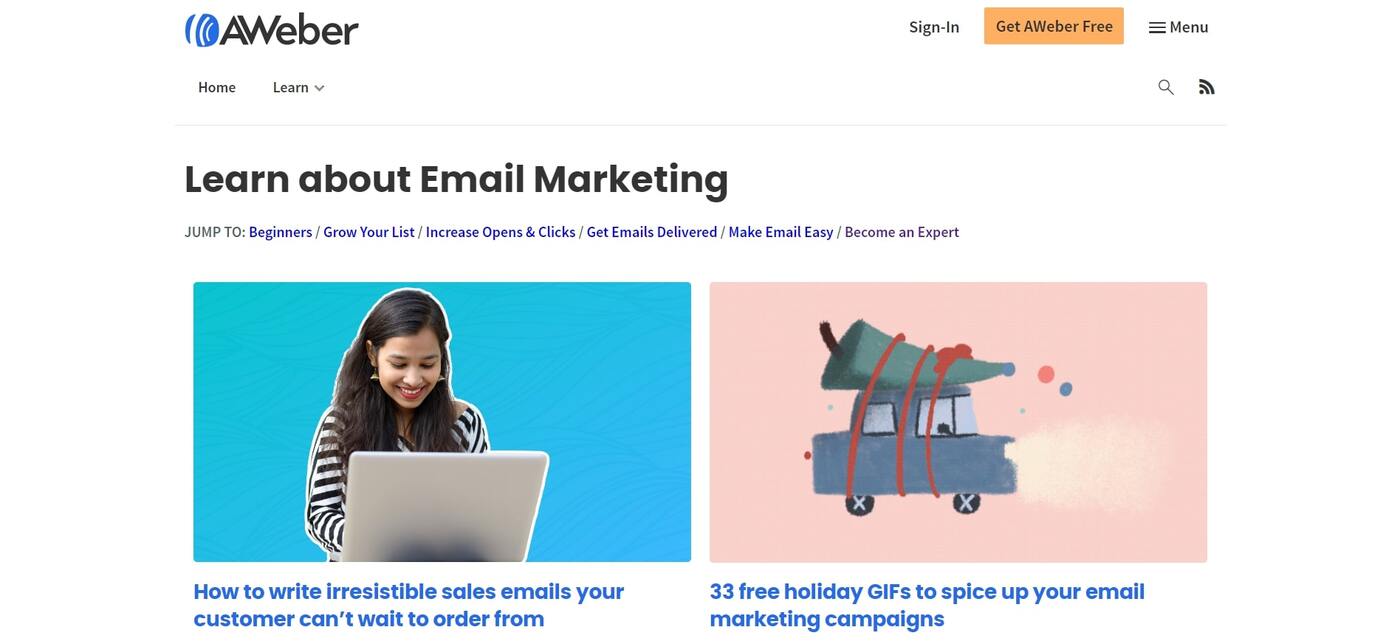
Email marketing experts to follow
If you want to stay on top of the latest trends and best practices in email marketing, then it’s important to follow the experts in the field. Here is a list of the top email marketing experts to follow on Twitter.
@ecomchasedimond – Chase has driven over $100 million in email revenue for clients, and is a partner at an 8-figure Ecommerce Marketing Agency. 40,332 marketers have subscribed to Chase’s newsletter.
@emailreinis – Reinis works with ecommerce and software as a service businesses and has achieved over $20 million in email sales. He tweets about email marketing and performance marketing.
@theoceanmaria – Maria helps people double their profits with sales funnels & emails. She is running two online businesses as a Fortune 500 software engineer and encourages people to follow her journey.
@OnlineToolGeek – Sally has been involved in email marketing for over 10 years. She simplifies the technology needed to grow an online income and can help replace a salary, allowing individuals to gain the freedom to live life as they choose.
@blackhatwizardd – For B2B companies that wish to acquire customers through cold emailing.
Conclusion
In conclusion, email marketing is a powerful tool that can help businesses of all sizes connect with their customers and drive sales.
By following the tips and strategies outlined in this guide, even beginners can quickly and easily create effective email marketing campaigns that get results.
Whether you’re looking to build brand awareness, increase engagement, or drive conversions, email marketing is an essential part of any comprehensive marketing plan.
So if you’re not already using email marketing to grow your business, now is the time to start.
Ready to learn more about the power of email marketing? Check out our blog post “Why Are Brands Fully Embracing Email Marketing?” to learn how you can use email to increase your reach and drive more sales.
